Podiatrist Shoe Recommendations
What is the “best shoe” you ask?
It depends on what you mean by “best.” Best for your foot or best made? The two are often not the same. A “best shoe” based on quality may be a shoe made of premium leathers, perhaps hand crafted and with a high quality durable leather or rubber sole. But that shoe may not be the best for your foot. On this page Dr. Howard Friedman, a podiatrist with over 25 years of experience, lists shoes that he often recommends.
The point is, do not mistake “best” quality with “best” for your foot. What is best for your foot is a shoe that is comfortable and well suited for your activity. It could very well be an under $30 pair of shoes from Walmart (which I have seen a number of my patients wearing) or something else ten times as expensive. It all depends. Below are some specific recommendations to help you get started.
I recommend the following brands of shoes and sandals (see below). They generally have better than average arch support and some of them have a removable liner, allowing you to use your own orthotic or arch support. Have your foot measured while you are standing. Determine both the length and the width. Then, use that information as a guide to try on shoes. You may very well find that a shoe an entire size larger is the most comfortable. Better yet, take out the shoe liners and stand on them. If your feet fit within the boundary of the liners, the shoes are likely to fit well.
Table of Contents
- Summer Sandals and Clogs
- Shoes for Senior Citizens
- Pickleball Shoes
- Warm Slippers with Arch Support
- Currently Popular Shoes
- Every Day or Dress Shoes for Women
- Every Day or Dress Shoes for Men
- Shoes for People with a High Arch
- Alternative Brand Footwear
- Starting to Exercise, Walk or Run?
- Running Shoes
- Walking Shoes
- Light Weight, Running, and Walking Shoes
- Specialty Running Shoes
- Every Day Shoes for Kids
- Hiking Shoes and Boots
- Boots
Boots
This is a large category, especially for women trying to wear warm, fashionable and comfortable boots. Here are several ideas to consider.
Consider Chaco boots. They have mastered foot friendly sandals very popular out west and now have boots available. Dansko, the clog company, has also been making closed shoes and offers boots as well. Their clogs, shoes and boots have a stable supportive platform and room for the toes. A new entrant into foot friendly shoes is Strivefootwear with a small offering of boots, but worth considering. Another brand to consider is Tom’s which donates proceeds from their sales to causes around the globe. Their styles are generally sensitive to comfort. Vionics has made a name for itself with sandals and shoes that include arch support. They also sell fall boots with a foot bed you can remove. And of course, I have to mention Uggs classic short boot as well as other Ugg styles. I recommend wearing a sock of some sort with Uggs to prevent sweating up the interior of the boots. And, ‘cowboy’ boots can also be considered. While they appear pointy at the toes, the foot bed is actually elongated, providing adequate toe room. Two leading brands are Ariat (I have been wearing the Heritage Ropers for years) and Justin boots.
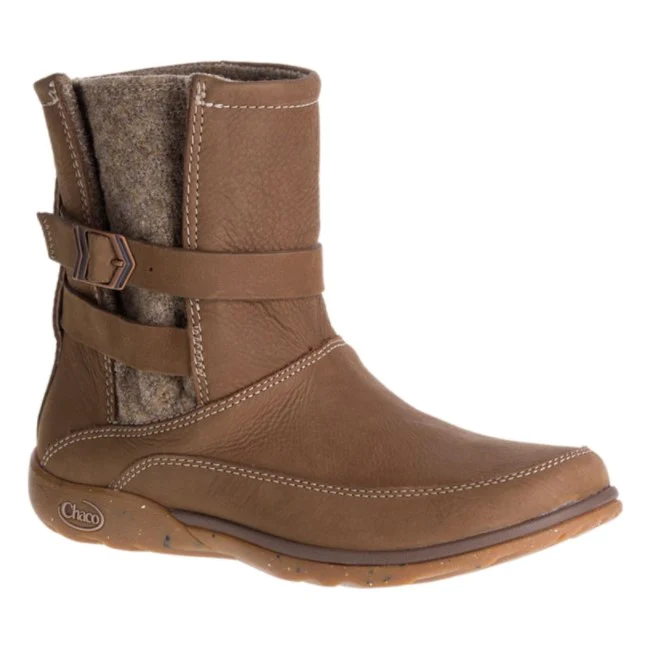
Warm Slippers with Arch Support:
If you will be spending a lot of time around the house in slippers and are more accustomed to wearing shoes most of the days, you may be more comfortable in slippers with some arch support. As your feet strengthen and get used to less supportive shoes you could transition to flat slippers or just walking around in socks. In the meanwhile though, the following short list of slippers provide some warmth and also provide arch support:
- Birkenstock Boston in Shearling
- L.L. Bean Wool Slipper Clog
- Spenco Supreme Slide
- Acorn Dara
- Taos Footwear Wool Do (which also has a remove-able foot bed and could accommodate your own orthotic).

Shoes for Senior Citizens:
Choosing the correct footwear for senior citizens or anyone with mobility issues is important. The wrong shoe for that person can lead to a sore or a fall.
Look for the following when you choose footwear for the elderly.
The shoe must have adequate room for the toes. Toes need to spread during walking. Footwear should be light weight and have a flexible sole. This provides good ‘ground feel’ which can help the elderly avoid a fall.
Shoes that meet these criteria are the original KEDS sneakers. They are lightweight, flexible and have a thin sole (but may not accommodate a bunion or hammertoe).
The Propet Viator and Propet Tour Knit, are both light weight and secured either with stretchy laces or one wide velcro strap. The Skechers Go Walk may be better for someone who needs more toe room.
Make sure the shoes are easy to get on as well.
Zeba shoes, Kizik shoes and Skechers Slip-Ins have a special feature that make them easy to slip on.
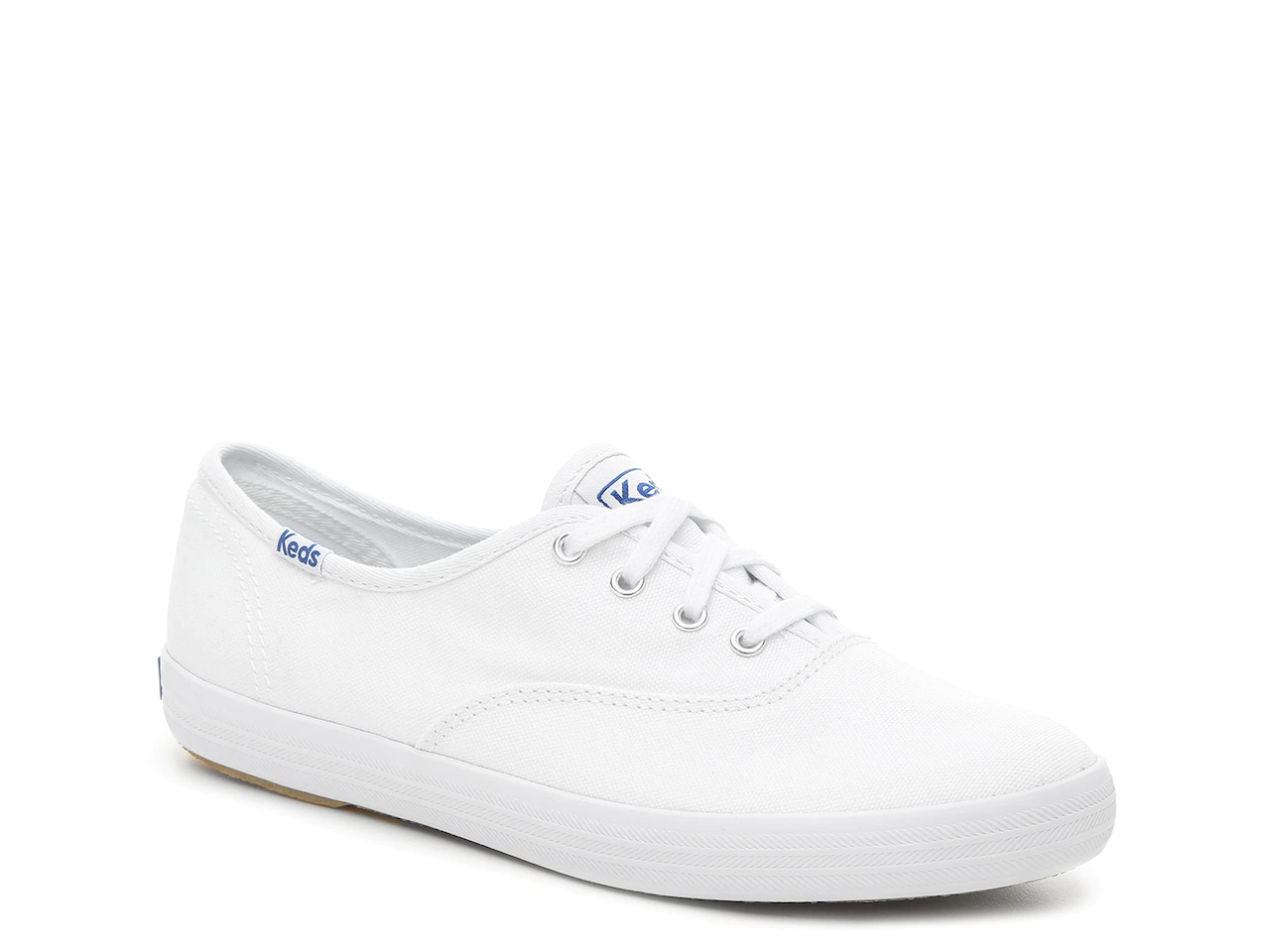
Currently Popular Shoes:
Some of my patients are fiercely loyal about their shoes! Among the brands I hear about the most from my patients are Naot and Birkenstock sandals, Hoka One One and the Swiss brand, On Cloud X shoes for running and walking plus the ever popular New Balance shoes for running and walking. Allen Edmonds and Samuel Hubbard men’s shoes are popular with men who can afford a more expensive shoe. I see a lot of young professionals wearings Cole Haan Zerogrand shoes.
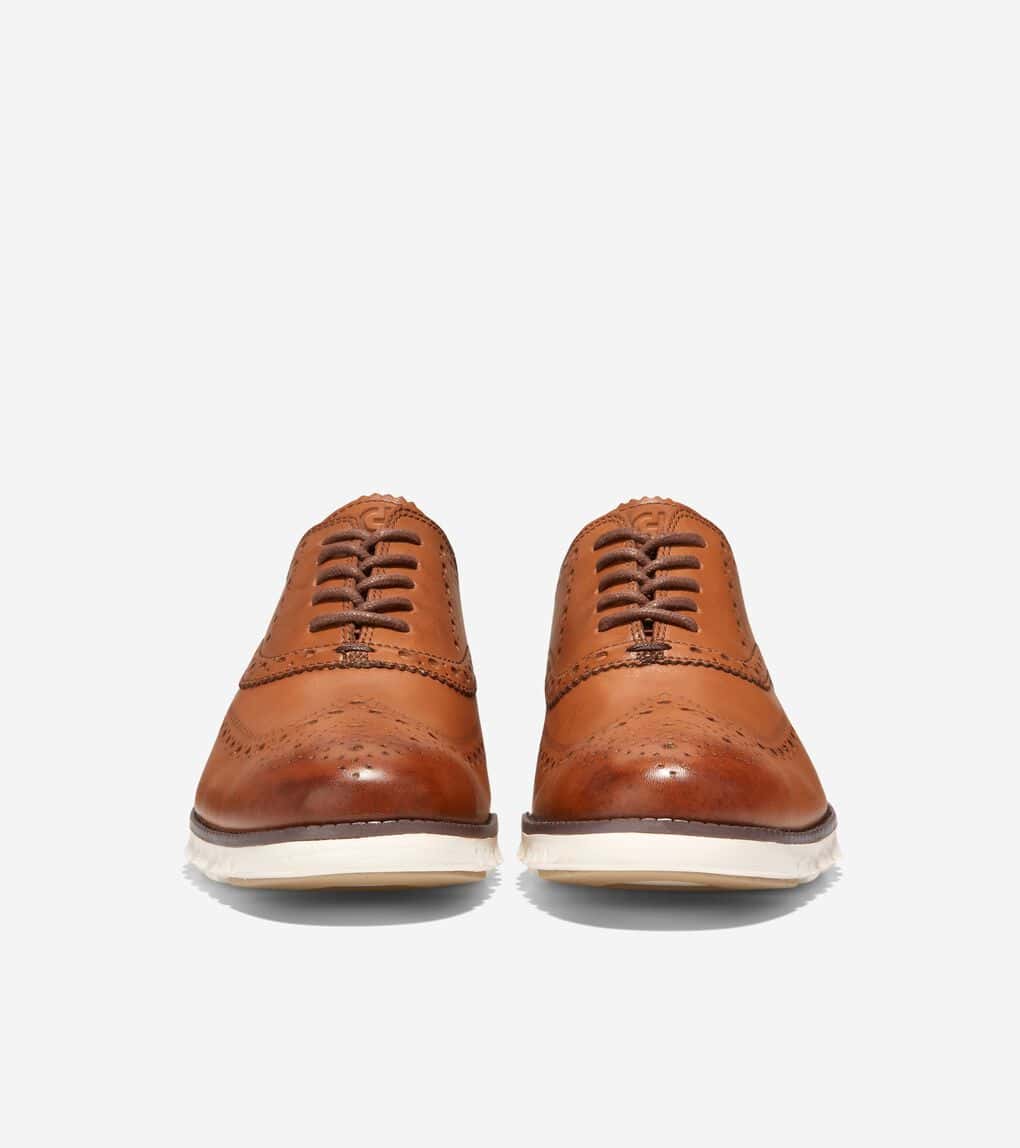
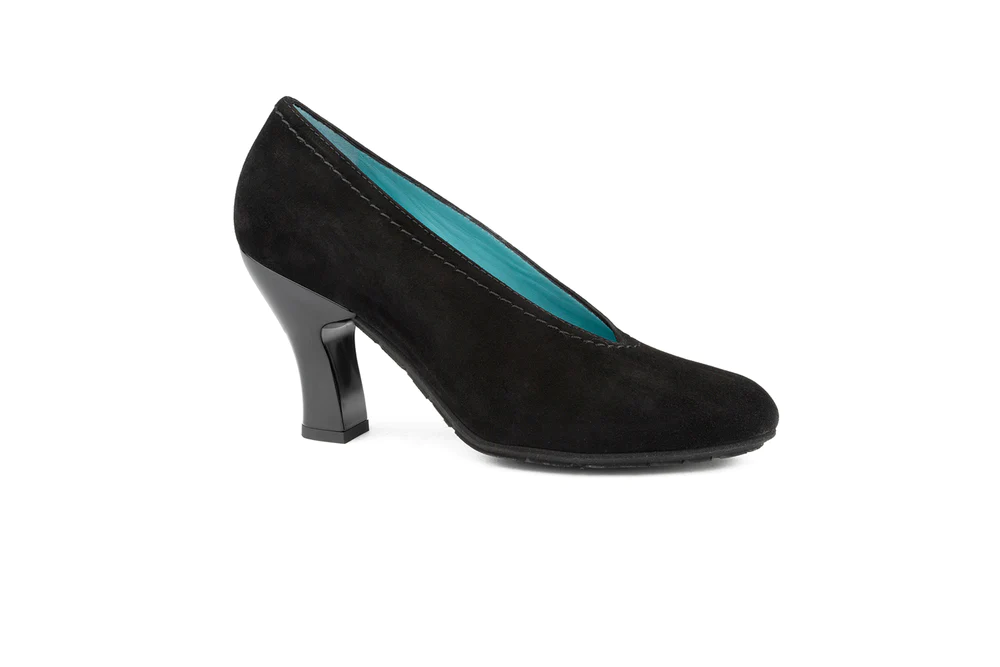
Every Day or Dress Shoes for Women:
This is by far the most difficult category as women want shoes that are fashionable yet comfortable. High fashion brands know this, and price their shoes accordingly. Do not be surprised if some of these shoes are more expensive than you might expect.
- Aetrex
- Allegria ( with roomy toe area and remove-able foot beds)
- Cole Haan Grand Collection,
- Clarks (specifically the Clarks Unstructured collection)
- Mephisto
- Merrell
- Munro
- Naturalizer
- Pikolinos
- Propet
- Samuel Hubbard
- Stuart Weitzman (the Rialto or Dome pump flats)
- Thierry Rabotin
- Vionic (claim to have enhanced arch support)
- Waldlaufer (Classic collection for women’s dress shoes)
- Ziera shoes that fit orthotics.
Every Day or Dress Shoes for Men:
- Aetrex
- Allen Edmonds
- Clarks
- Cole Haan
- Eastland Shoes
- Ecco
- Florsheim
- Johnston & Murphy
- Pikolinos
- Rockport (check out the Rocsports Lite)
- Samuel Hubbard
- Timberlands (both shoes and boots)
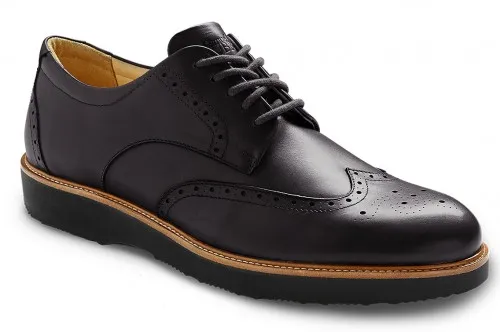
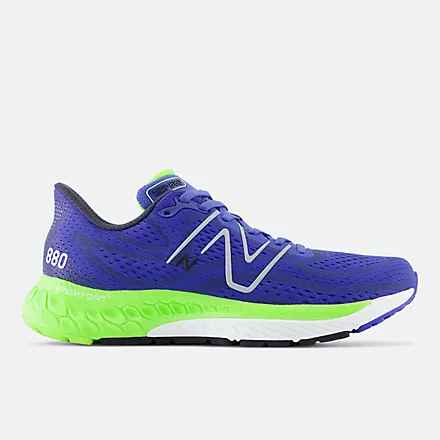
Shoes for People with a High Arch:
People who have a high arch foot, called a ‘cavus‘ foot, should look for a ‘neutral’ type sneaker. If you have a high arch foot you do not need additional arch support and are usually better off with a ‘neutral’ type shoe. Most of the shoe brand web sites have a filter for you to indicate your foot type. On the Brooks site, you would check ‘high arch’. Once you select the correct filter, you should be directed to neutral shoes. In the case of New Balance, you would check ‘neutral’ and not ‘stability’ or ‘motion control’. As an example, New Balance Fresh Foam Cruz and Fresh Foam Zante are neutral and this entire page is a list of New Balance neutral shoes. If ‘neutral’ is not an option, look for ‘high arch’.
Alternative Brand Footwear
Besides legacy shoe brands like Nike, New Balance and Addidas there are always new companies making various claims. Many brands claim to solve specific foot conditions like plantar fasciitis, or help you run more efficiently.
I can not certify specific claims but the shoes themselves are designed for comfort. Some shoes I have seen myself include Kuru, which has walking, running, hiking shoes and sandals, Joya shoes (which merged with Kybun shoes) and touts increased softness and a rocker bar, G-Defy which has a raised cushion under the heel area and XPACS, available on Amazon.
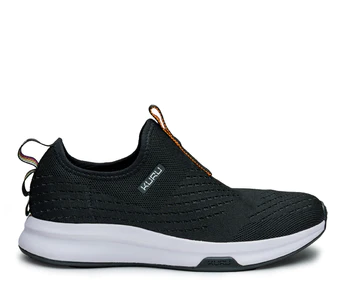
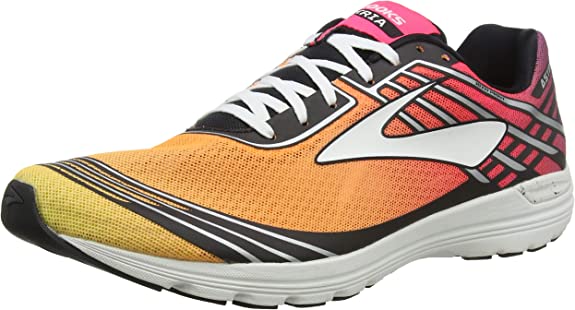
Starting to Exercise, Walk or Run?
If you are new to walking for exercise or running and do not yet have a favorite shoe and no specific foot problems, I recommend starting out with a light weight neutral shoe with a modest low drop heel. That is, a shoe that uses newer materials to keep each shoe around 8-10 oz., does not support your foot with extra arch support you probably don’t need and keeps the height of the heel a bit but not too much higher than the front of the shoe, taking some pressure off of your knees.
Shoes that have these characteristics include:
- Saucony Kinvara, (I have been running in these for several years)
- New Balance Freshfoam
- Nike Free RN
- Skechers GORUN 400
- Reebok Floatride
- Mizuno Wave Shadow
- Brooks Ghost
Find out what socks to wear on our sock page.
Running Shoes:
This category is HUGE and new brands are frequently entering the market. One rising brand is Swiss made ON and their popular multi purpose shoe the ON Cloud X with modular foam cells on the sole.
The following are brands/styles I have run in and found to be comfortable. Please note that shoe models change from slightly from year to year. I currently run in Saucony Ride a neutral shoe and find them light weight and comfortable. I have run in Saucony Kinvaras for several years and Hoka One One Clifton 4 I have also run in Asics, Brooks and La Sportiva shoes as well.
Here is a link to Runner’s World’s 2024 list of notable running shoes from a list of different categories like light weight and cushioned. As always, try them on and see if your feet are comfortable. Ranked a “best” for 2024 are Brooks Ghost 15, Saucony Triumph 21, Hoka Mach 5, Asics Gel-Cumulus 25, New Balance FuelCell Rebel v3, Brooks Hyperion GTS and New Balance Fresh Foam X 860v13, both stability shoes, Nike Vaporfly 3 for racing, and Salomon Thundercross and Topo Athletic Mtn Racer 3 for trail shoes, among others.
Running Shoe Finder App: One of the best running shoe rating web sites I have found is still at www.runrepeat.com, with lists and rankings based on thousands of reviews. I refer to it myself when shopping for running shoes.
Hoka One One Clifton, Saucony Kinvara, and ON Cloud
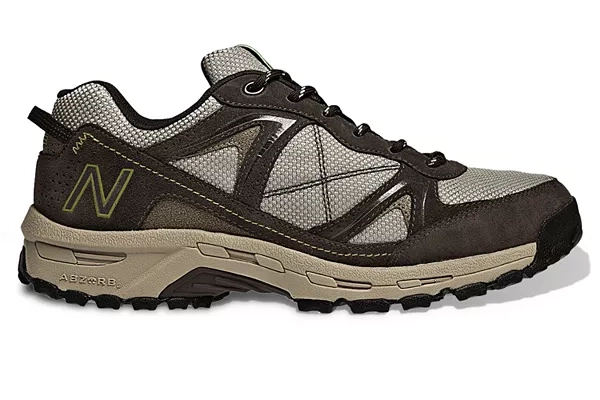
Walking Shoes:
Walking, hopefully, is not too physically demanding and therefore should lend itself to most shoes that fit well. Any good ‘running’ shoe should be fine for walking. A good place to start for just walking would be with the following New Balance walking models for men or women: New Balance 813 for men or women has a very rounded toe box and New Balance 990, an overall oval shape which accommodates most feet as well as the 847 and the 928, which by the way, has plenty of room for foot orthotics. The New Balance 659 is a sturdy and durable walking shoe also okay for walking on trails. I also really like the New Balance 1080, which is a running shoe with a light weight foam mid sole that would be quite nice for walking about.
Brooks Ariel 18 is a road running shoe which has a lot of cushioning and is quite suitable for walking. Nike’s Free Rn Fly Knit is a super light weight running shoe with an almost mesh upper that would also be a good choice. And Kuru Shoes, a newer shoe company, with a variety of choices designed for comfort and support, is also a good option.
Light Weight, Running and Walking Shoes:
Light weight has real benefits for shoes. For running, multiple studies have determined that every 100 gram reduction in shoe weight also reduces the amount of energy required to run. Makes sense. I also recommend light weight shoes for daily walking around unless you need a heavier shoe. The past couple of years have seen a large increase in light weight shoes and specifically shoes with a foam type mid sole material that still have some arch support.
I recently had a chance to check out the Adidas Boost running shoes which have ample arch support and are very light weight. Other brands with foam soles that are equally or more light weight include Nike Vaporfly, Nike Epic React and New Balance Fresh Foam, among others.
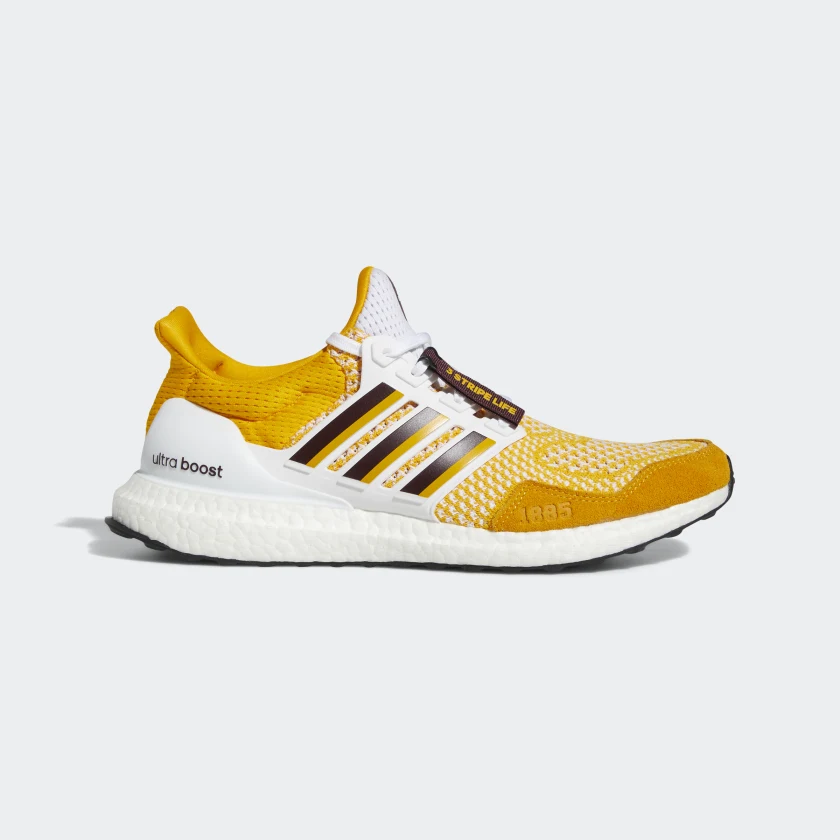
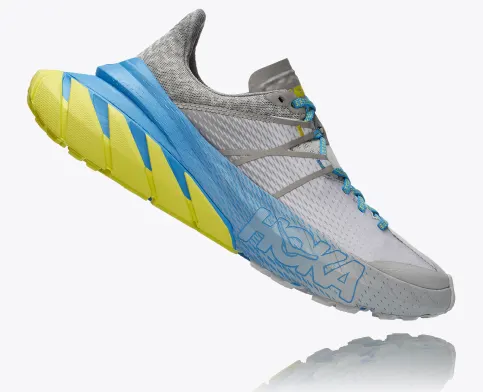
Specialty Running Shoes:
This is a huge category that now includes road running and trail running shoes as well as minimalist, maximalist (Hoka One) and zero drop shoes (Altra). No research has validated one type of shoe over another as better for preventing injuries. What the research seems to show is that shoe selection is very individual. You should wear what feels most comfortable to you. That being said, some studies have indicated that zero drop shoes may be easier on your knees but worse for your achilles tendon.
Here are the some of the leading catergories:
Minimalist Running Shoes: New Balance Minimus Collection, Merrell and Vivobarefoot.
“Zero Drop” shoes, meaning the height of the heel and the height of the forefoot are equal: Altra.
Extra cushioning: Hoka One One – this brand has has crossed over from trail runners to suburbanites including grandparents and was worn by Karl Metlzer who in September 2016 completed the fastest know time for completing the Appalachian Trail.
Vimazi. adds different amounts of cushioning to each model based on the calculated force of a specific running pace. Select the shoe for your pace to make your run more efficient-that’s the claim. The shoes are “tuned” to specific running paces.
Every Day Shoes for Kids:
For kids’ sneakers I still like New Balance, Asics and Saucony but whatever they are comfortable in is okay assuming they are not complaining of foot pain and have no specific foot conditions. Nike, Reebok and Adidas are okay too but are generally more narrow and do not always have a remove-able liner making those shoes a tighter fit when adding an arch support. Geox usually can accommodate orthotics if needed and are available in big and small children’s sizes. Kids 12-13 years old or even younger can start shopping in the adult shoe section starting with adult size 6.
Finding supportive footwear for fashion conscious tweens is challenging. Two brands for casual/dress shoes for girls I recommend are Venettini and London Kids.
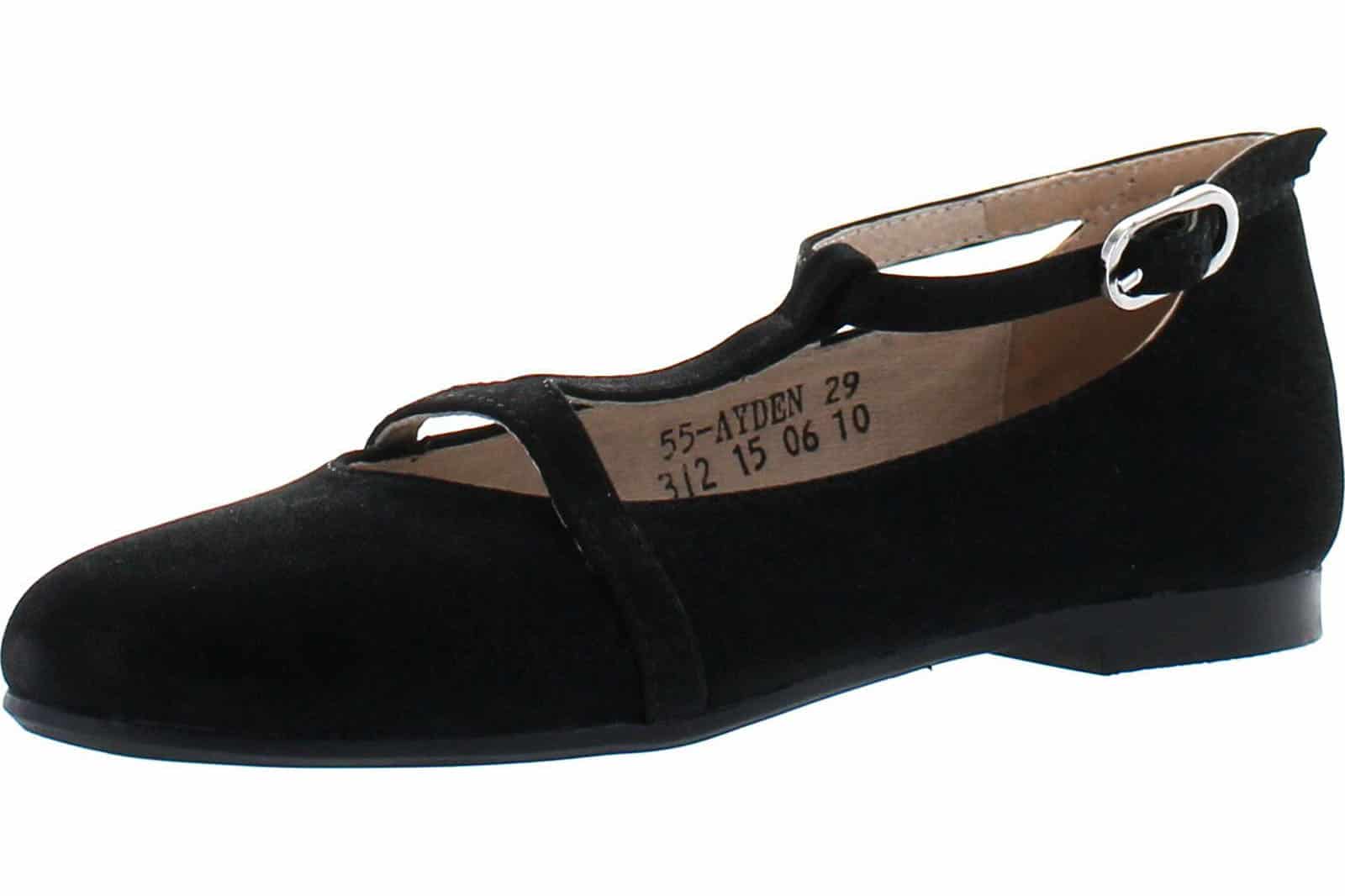
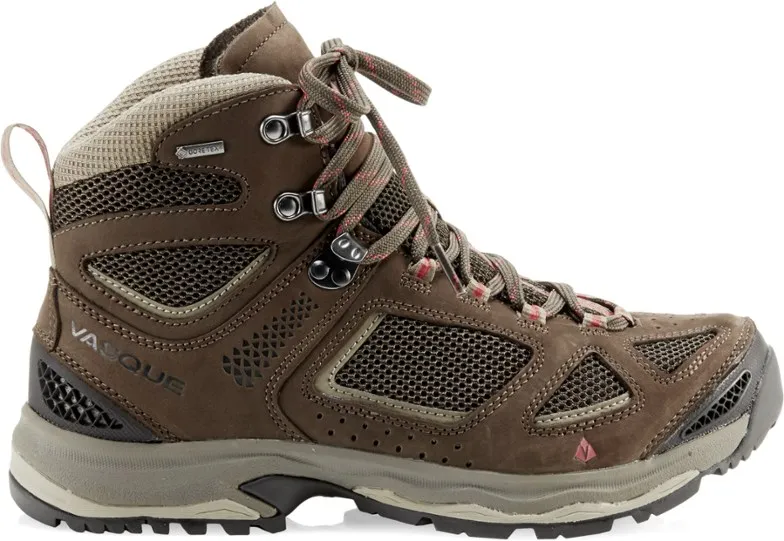
Hiking Shoes and Boots:
Some recommended hiking shoes and boots includes Oboz Sawtooth Low, Merrell Moab 2 Ventilator, La Sportiva Trango TRK GTX, and perennial favorite, Vasque Breeze III.
Brands I can personally recommend include Danner, Five Ten, North Face, Garmont, Merrell, Salomon, Vasque, La Sportiva Wildcat ( I have hiked in Vasque, Garmont, Five Ten Guide Tennies which have very good traction, and I have run and hiked in La Sportiva Wildcat and La Sportiva Helios trail running shoes which have good traction and are stable).
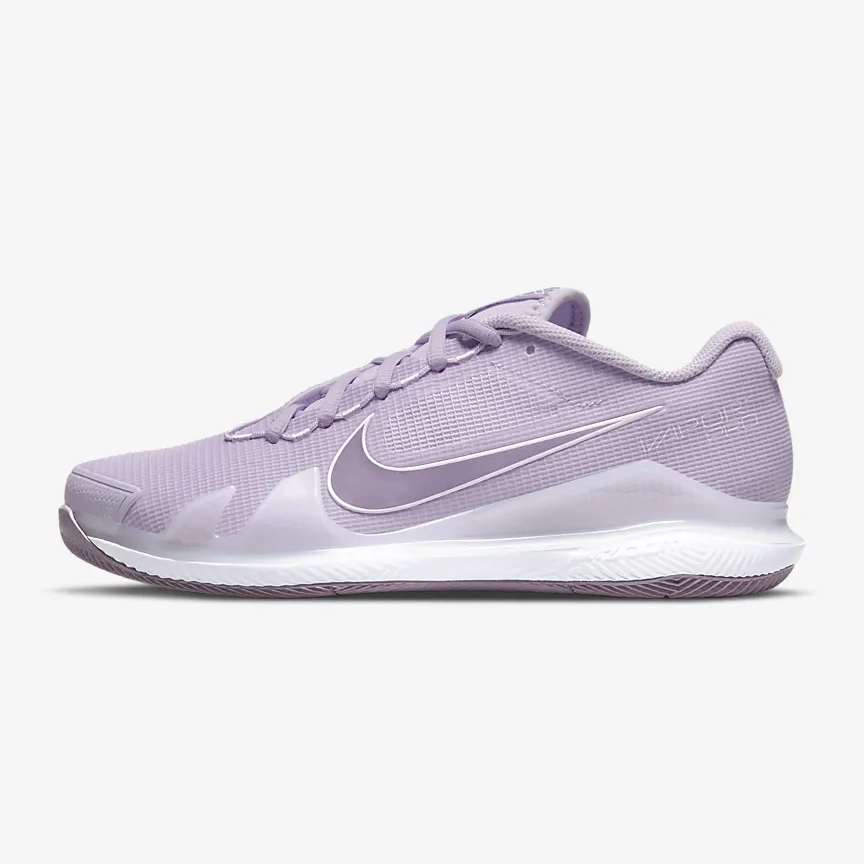
Pickleball Shoes:
Pickleball is the fastest growing sport in the United States. It is a racquet game played on a smaller sized tennis court either as a singles or doubles game. The ball used for pickleball has less bounce than a tennis ball and the racquet is shorter than a tennis racquet. Since the court is smaller and the ball less bouncy, the game has been growing in popularity with people who perhaps did not feel they have the endurance for tennis. However, the game is so popular that even younger people are taking it up and local, regional and even national leagues are being formed.
So, what shoes do you wear to play Pickleball? You will want to wear a shoe that would be appropriate for the tennis court. It should have a flat non-skid sole, be flexible, have some lateral support, be light weight with good ground feel and have plenty of room in the toe area for your toes to spread as you rise up on tippy toes to serve or return a shot. Major major brands are starting to offer Pickleball specific shoes and are simply re-branding their tennis shoes. Some shoes to consider for Pickleball are the following:
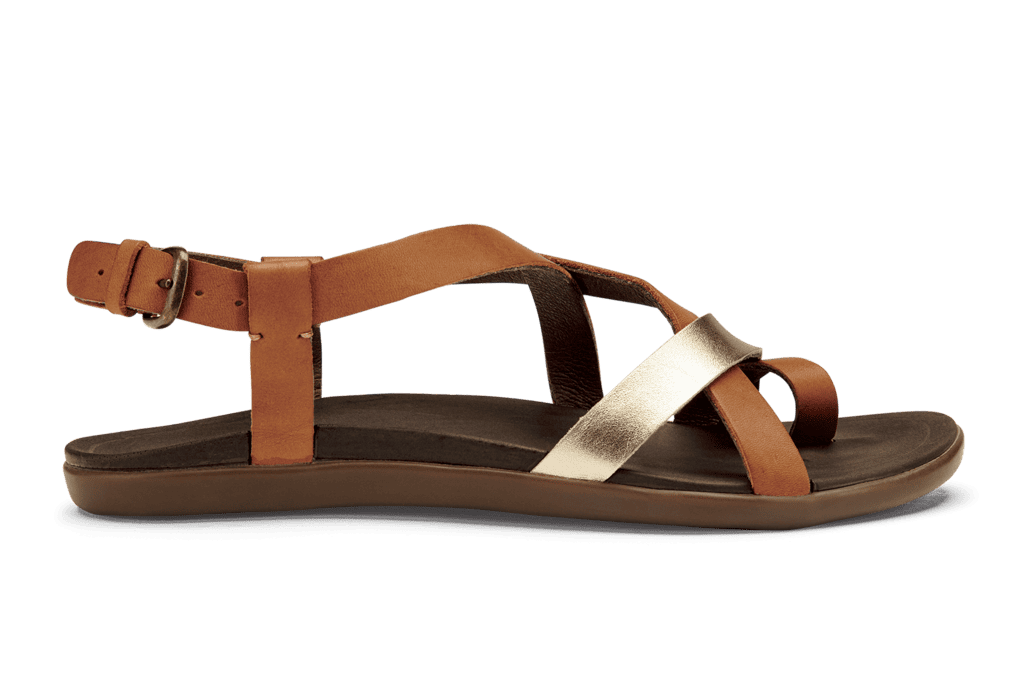
Summer Sandals and Clogs:
If you have any history of heel pain I recommend sandals with built in arch support. I am okay with flat sandals or even flip flops if you have no foot issues. I recommend acclimating to wearing fit flops or sandals, increasing the length of time you wear them each day by a few hours.
Several sandals incorporate generous amounts of arch support, among them Abeo, Allegria sandals (which accommodate orthotics), Chacos, Birkenstocks, Dawgs, Fit Flops, Keen (sandals and water shoes), Israeli Naot sandals, Kuru sandals have generous arch supports and I wore them extensively, Hawaii inspired OloKai, Reef (more flip flop than sandal), Rainbow (in leather, hemp and rubber materials), Dr. Scholl’s, Vionics, and Teva brand
